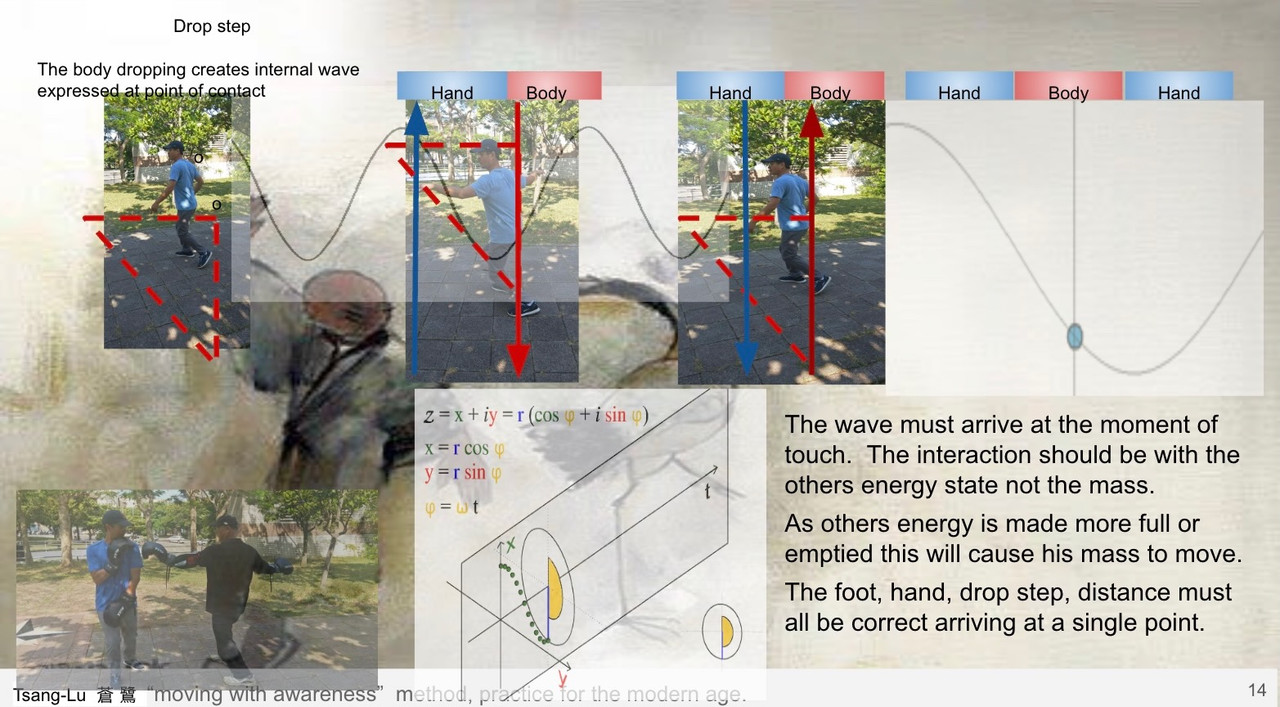Boxing’s rear straight power generation (kinetic chain) is different and more powerful than the sine wave. The sine wave reverse punch lands after both heels are raised, front knee is flexed and body is lowered. The boxing rear straight lands after weight is transferred to the front foot. (Anthony Joshua does a pull counter and lands the rear cross below.)
Boxing’s rear cross generates power from:
- Elastic energy
- Whole body rotation
- Whole body torque
- Weight shift from back to front foot
- Momentum towards the target


